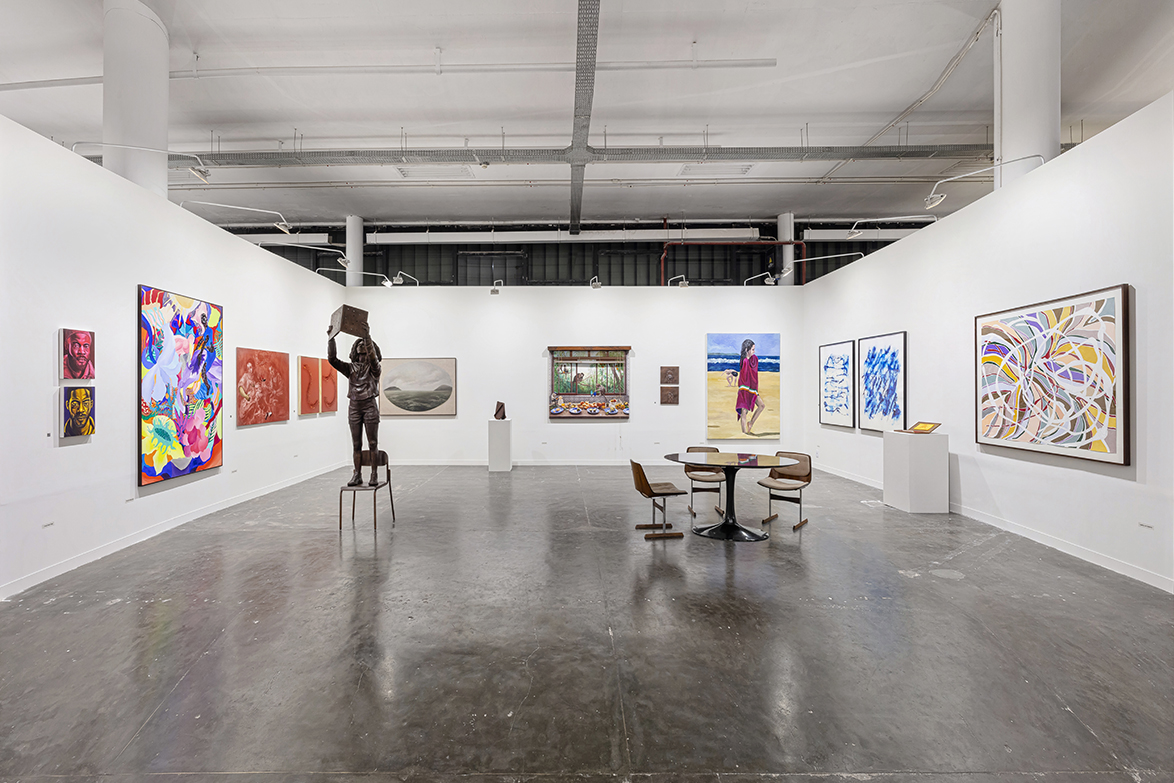
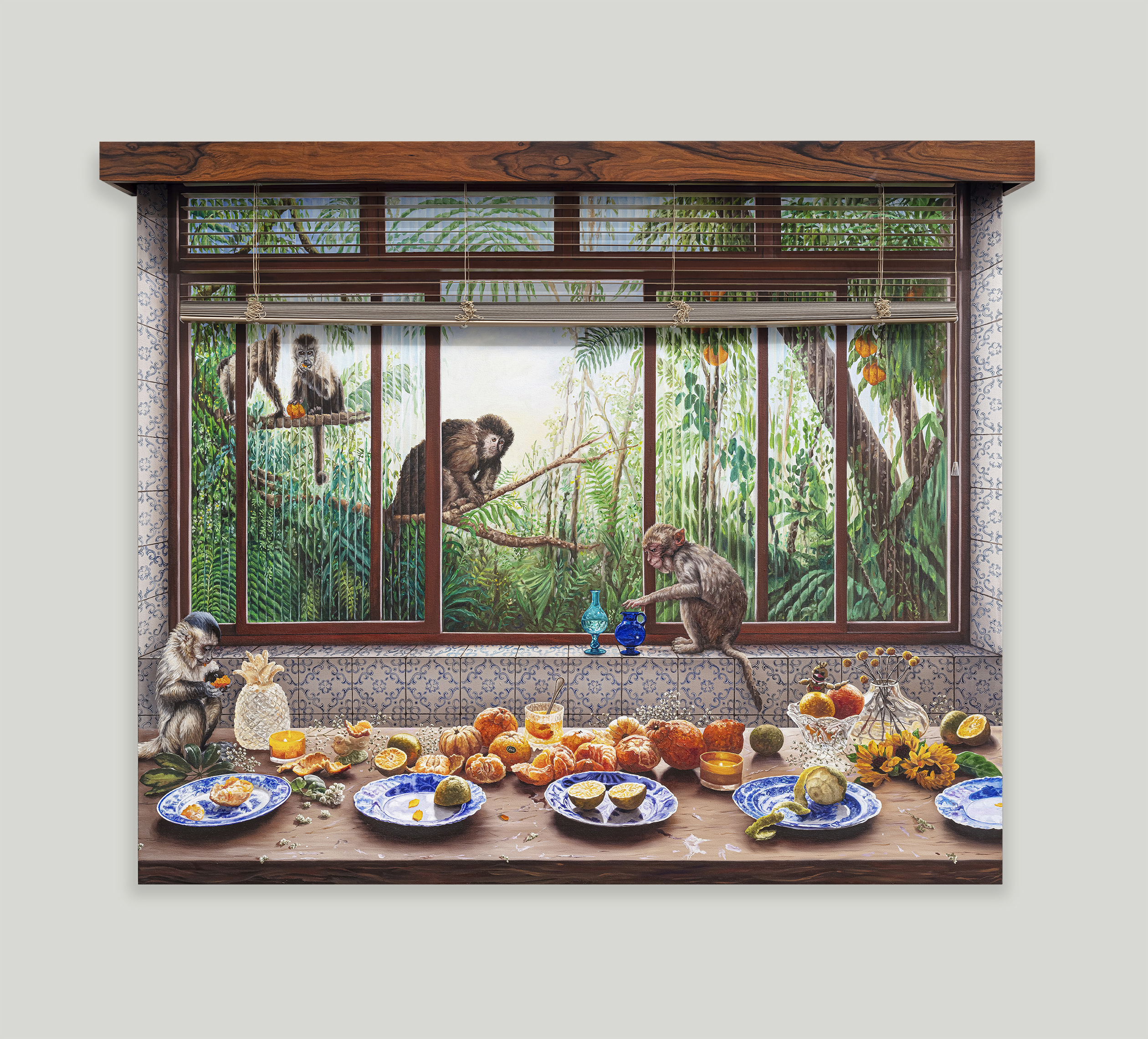
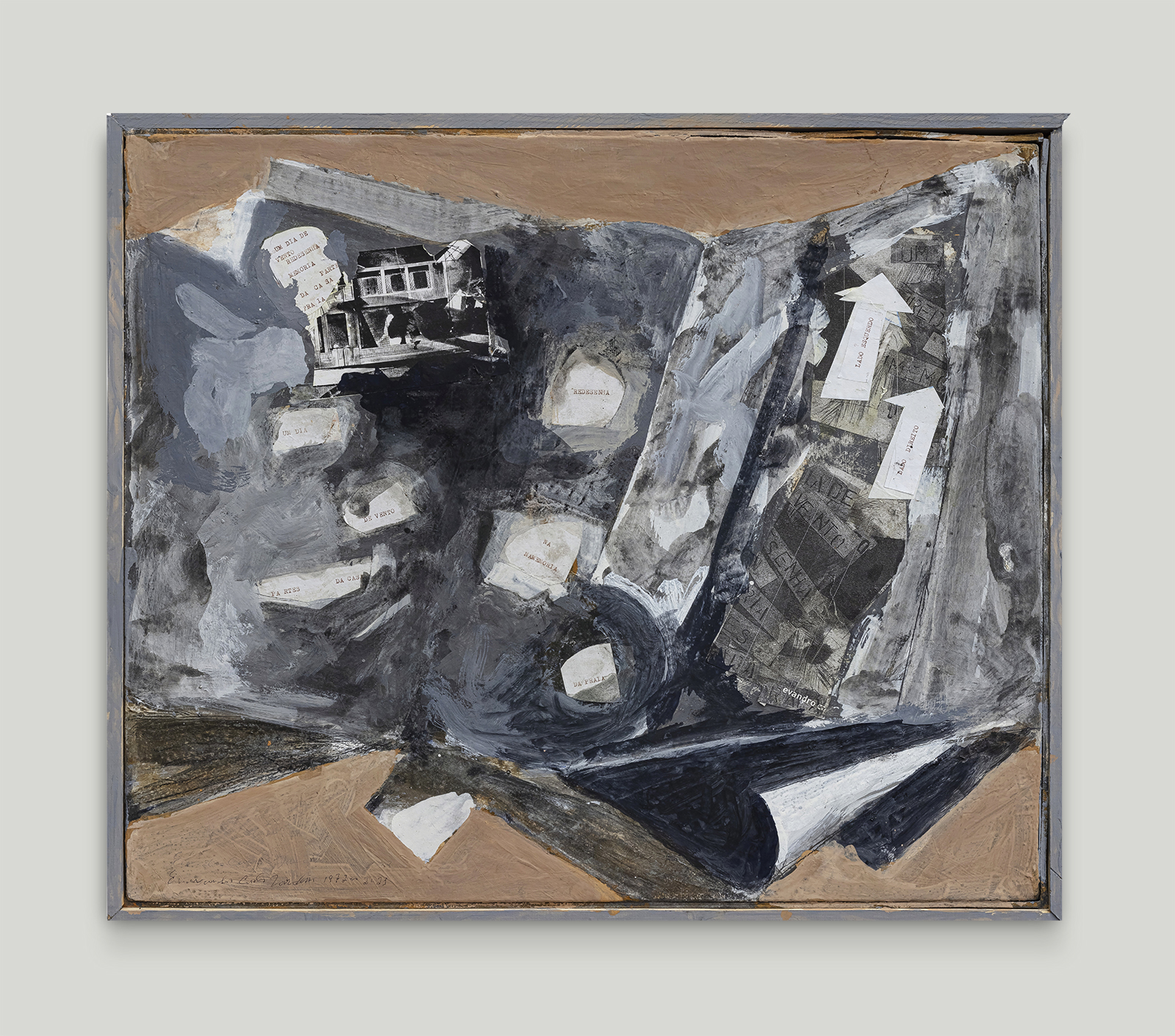
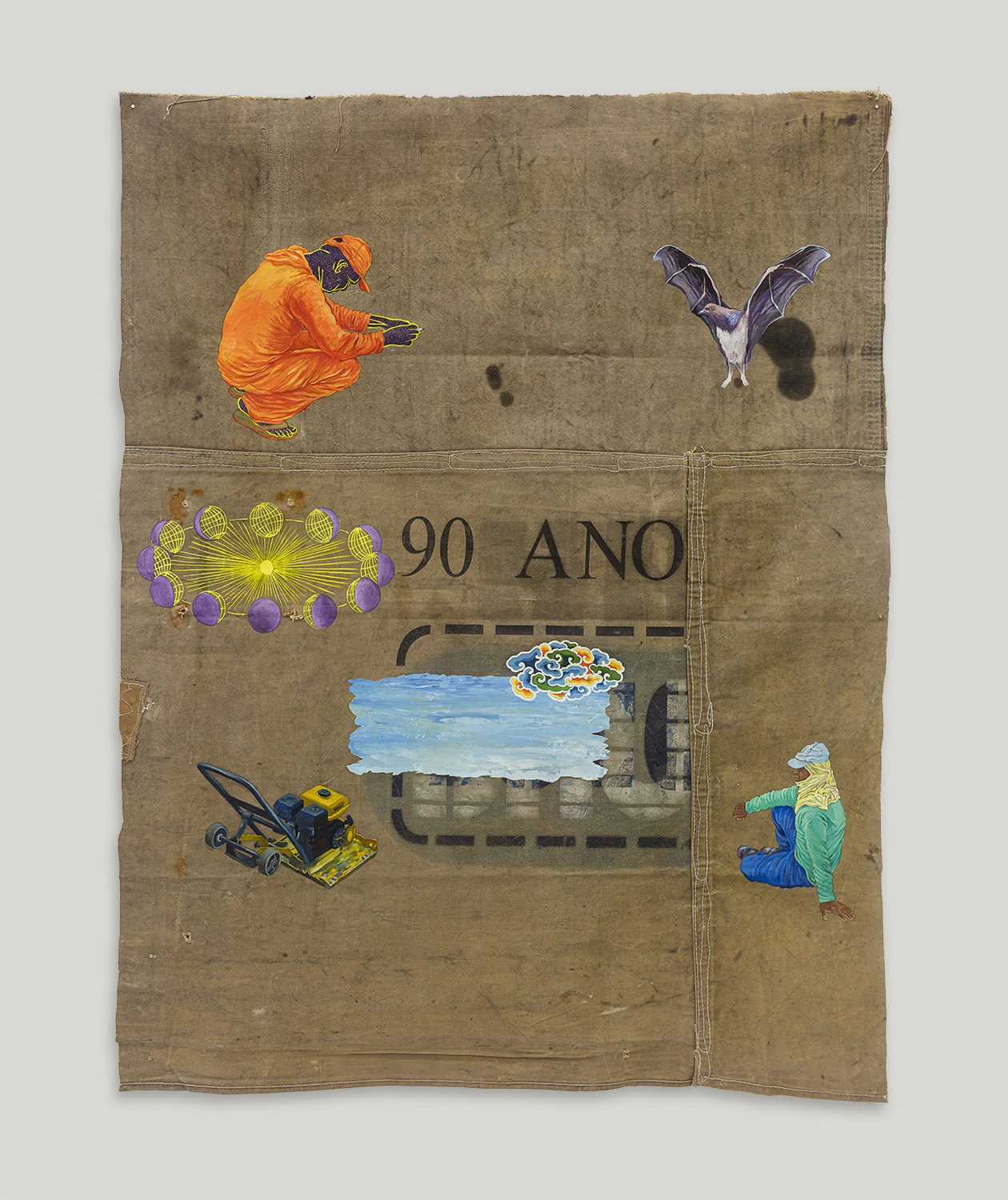
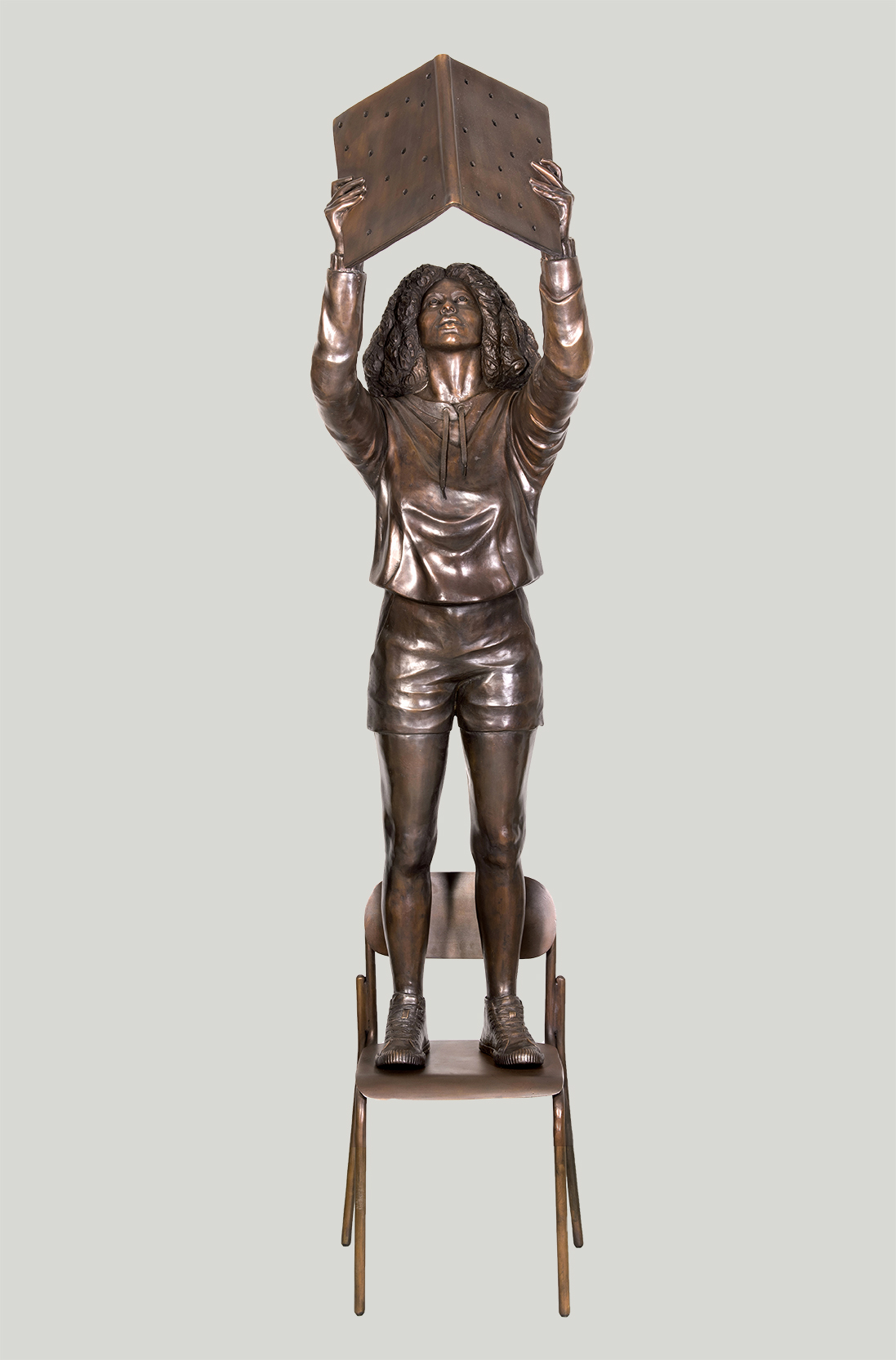
The sculpture No meu céu ainda brilham estrelas [In my sky stars still shine] gives continuity to the series of works I have been producing over the past couple of years, where I explore the book as a central object that proposes narratives that dialogue with the idea of education as an attempt to re-signify, or even so re-tell, stories we believe are “official”.
In this work, I reflect on the idea of hope. As occurs in most of my works, it is hard to disassociate from my peripheric origins, which in a certain way, do become a topic within my practice. I have always understood that education is the best way towards social ascension and new social, cultural, and economic opportunities, especially for people who come from less privileged positions.
Unfortunately, not all people will have this opportunity since many must drop out of their studies due to a lack of money, an unplanned pregnancy, little emotional and psychological support from their families, or incentives to believe that education is a tool for change.
The sculpture presents itself as a figure of a young girl standing on a school chair. Her arms are raised, holding a book which we cannot see the topic, but which symbolically contains her stories and many others that have been interrupted in their paths to education.
The book in her hands contains 27 holes that cut through the bronze, allowing us to see the other side of the book. Each hole represents one Brazilian federal state, plus the Distrito Federal [federal district], emphasizing that these stories repeat themselves throughout the entire national territory.
In a poetic way, the light is allowed to penetrate the sculpture through the holes, creating a constellation, or a light at the end of the tunnel, a hope that even through so many obstacles in my/our sky, stars will still shine.
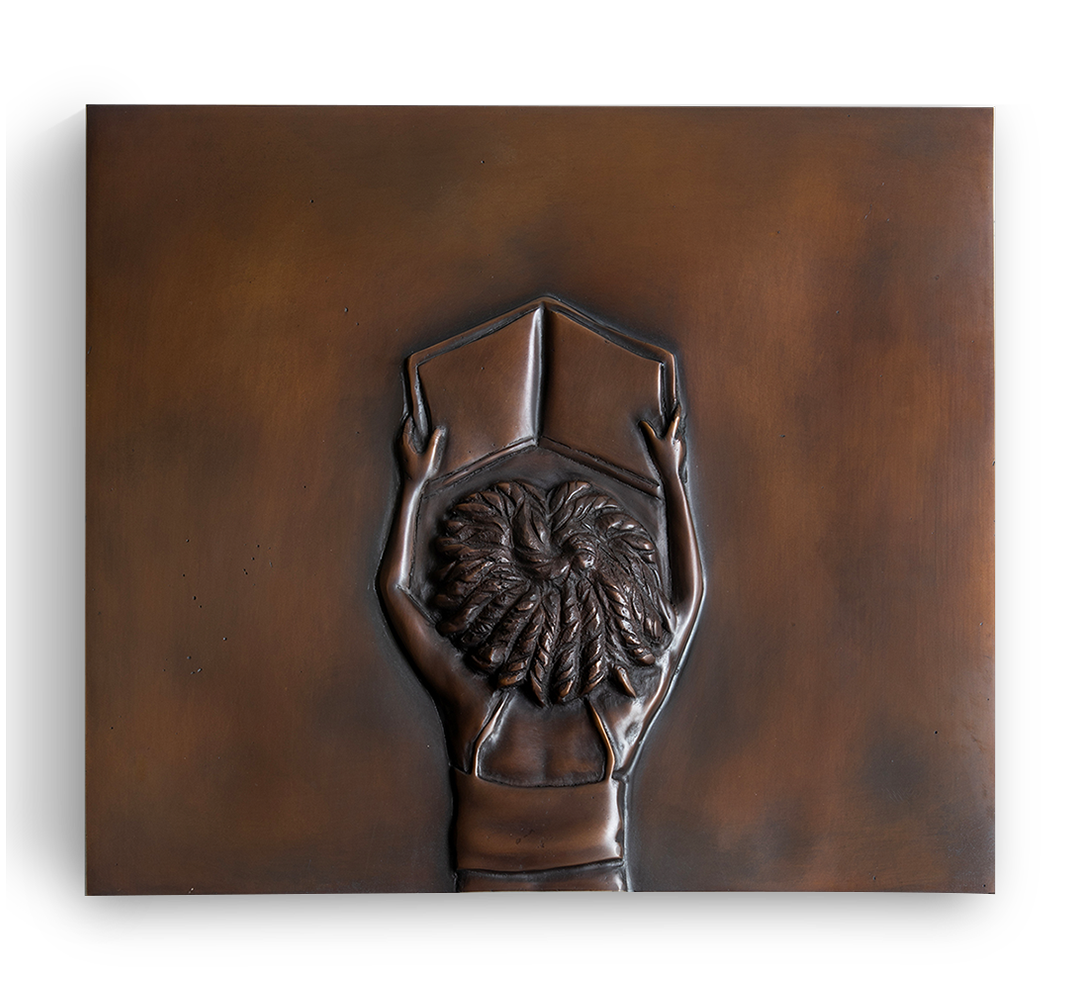
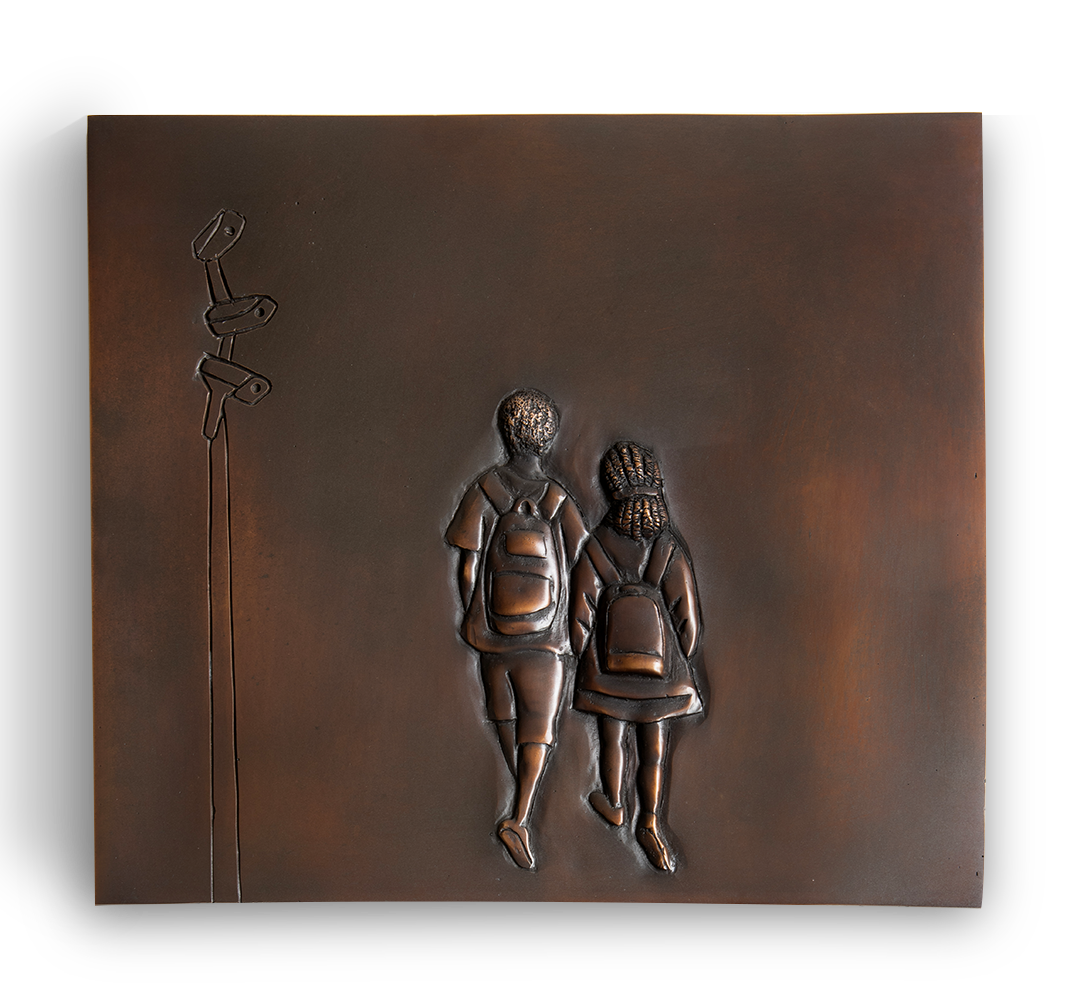
The practice of drawing was never present in my artistic work, perhaps because of the judgments between right and wrong that were made to me while I taking my first steps in the visual arts. It didn’t happened when a block of clay was in my hands, I let go of these ideas.
This year I started to think about other possibilities for taking notes, and I began to cover the wooden boards that were spread around my studio with clay. These boards began to give shape to small reliefs, that might be a possibility for the development of my work.
Estudo para No meu céu ainda brilham estrelas [Study for in my sky stars still shine] as the name implies is a study in low relief for a large sized sculpture that bears the same name.
In this works, the exercise of modelling consists in enhancing the three-dimensionality of the drawing, previously two-dimensional, by projecting it intospace. The spectator is always a fundamental part of my production, as there is a constant attempt to make him/her part of the proposed action in the sculpture. This is one of the reasons why the image is on its back with the book raised, in a gesture of sharing the content.
Sem hora para voltar [No time to go back] is a bronze low-relief in which I explore the pictorial and sculptural qualities in the modeling of the image. The couple portrayed was inspired from a scene I observed on the way from my studio to the university where I teach.
The two teenagers carrying their backpack on their way, supposedly, to school, were part of the urban landscape of my route.
The security cameras indicate that their are being watched/observed, a constant feeling that we experience in our daily lives, as if we were living a “reality show“ of our own existence.
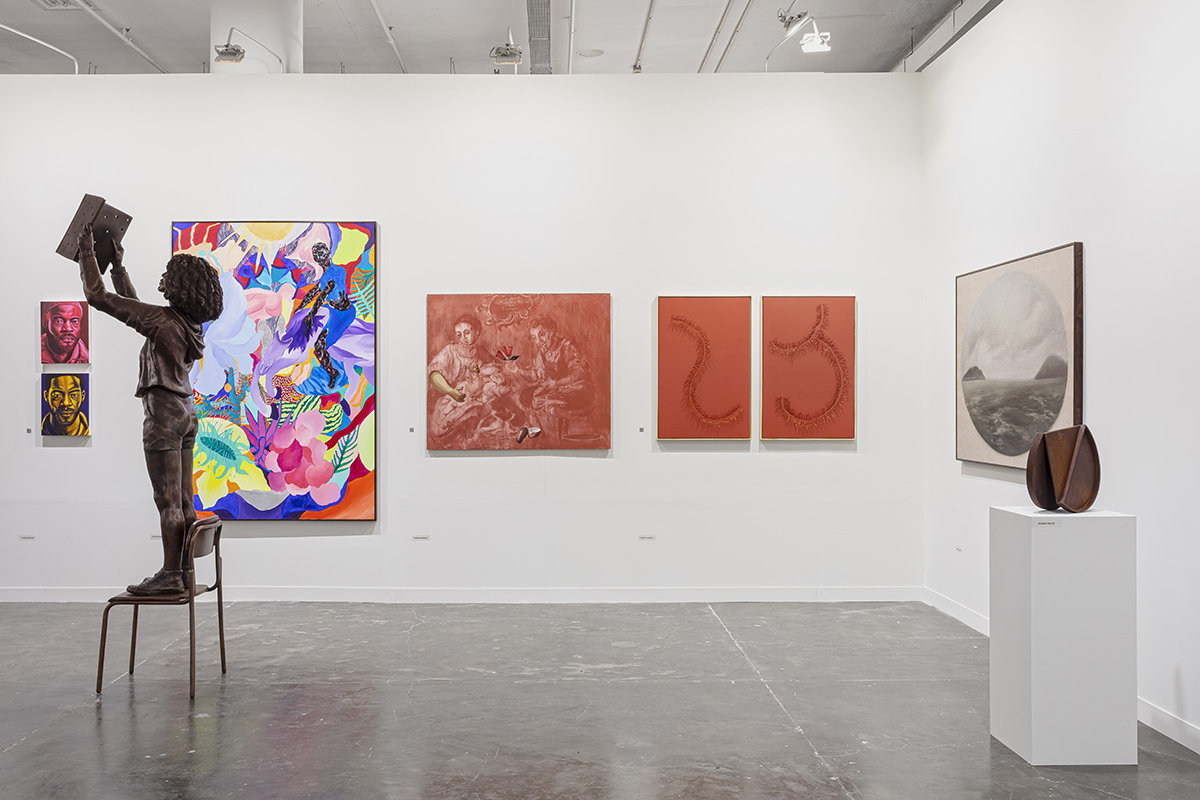
![Frederico Filippi Barba e Pescoço [Arroio Korá], 2022 | Frederico Filippi](https://galerialeme.com/wp-content/uploads/2023/04/frederico-filippi_mg_2385_72.jpg)
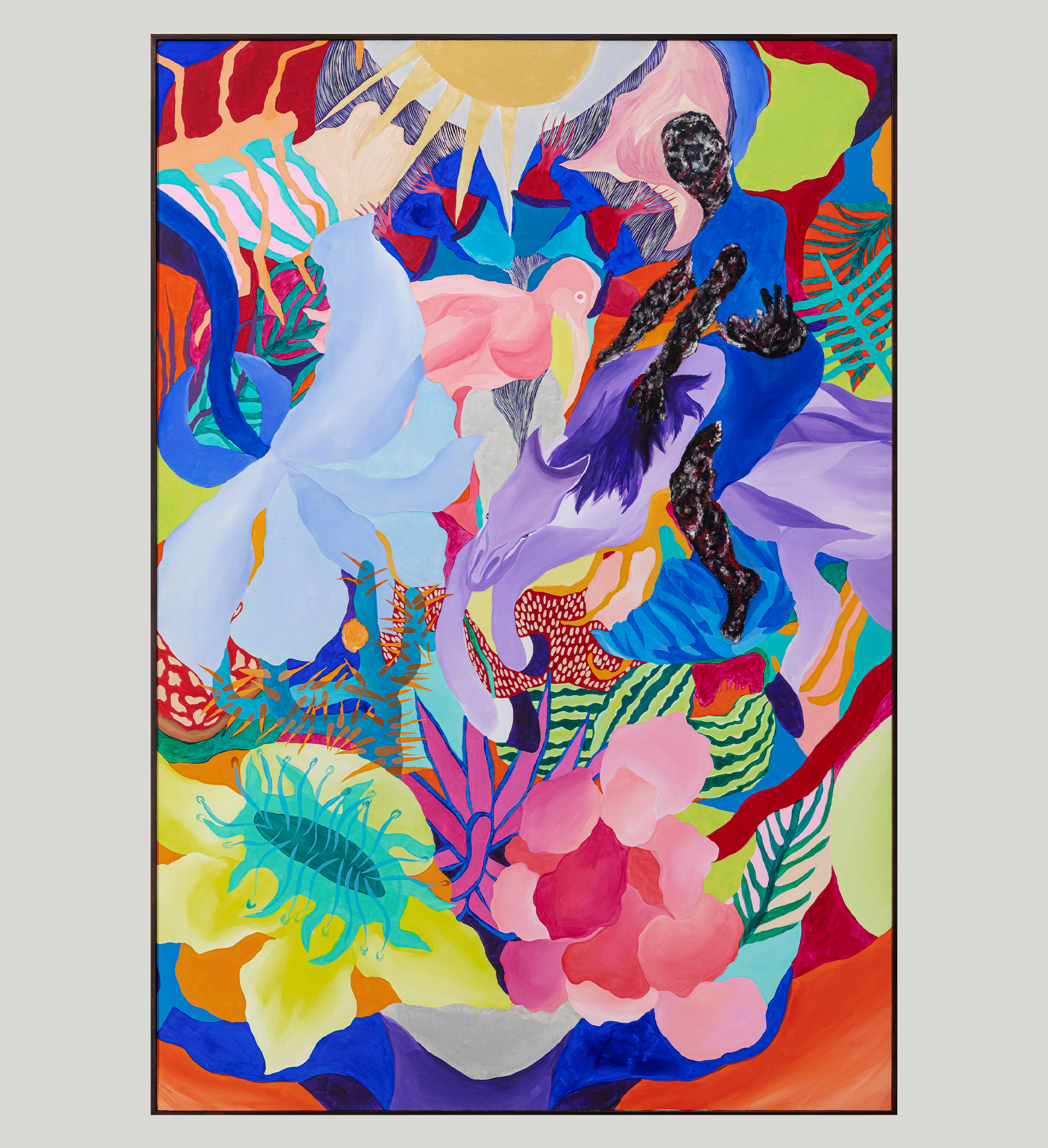
The works of Barba e Pescoço [Beard and Neck] series are three razors in the shape of Guarani territories, specifically Djaiko Ati, Ka’Agy Hovy and Arroio Korá. The morphology of the blades deforms to find these territories.
The razors rest in a red velvet cradle protected by a Brazilian walnut case, a species endemic to these territories. The handles of the knives are made of bone, with details in brass, and the stainless steel blades.
Inside the cases one can find two-sided drawings. On the front the preparation for shaving and on the back the image of the beheading. The images approach the intimancy between trust and attack, the imminence of the blade between the encounter of two distinct matrices of life: The invading bandeirantes and their beards and the potentiality of revenge. Encapsulated in a case just like those that keep jewelry and antique items, the exhibition of Barba e Pescoço’s razor lying down and motionless, invites one to what these encounters may have been in the years that formed the invasions of the malocas.
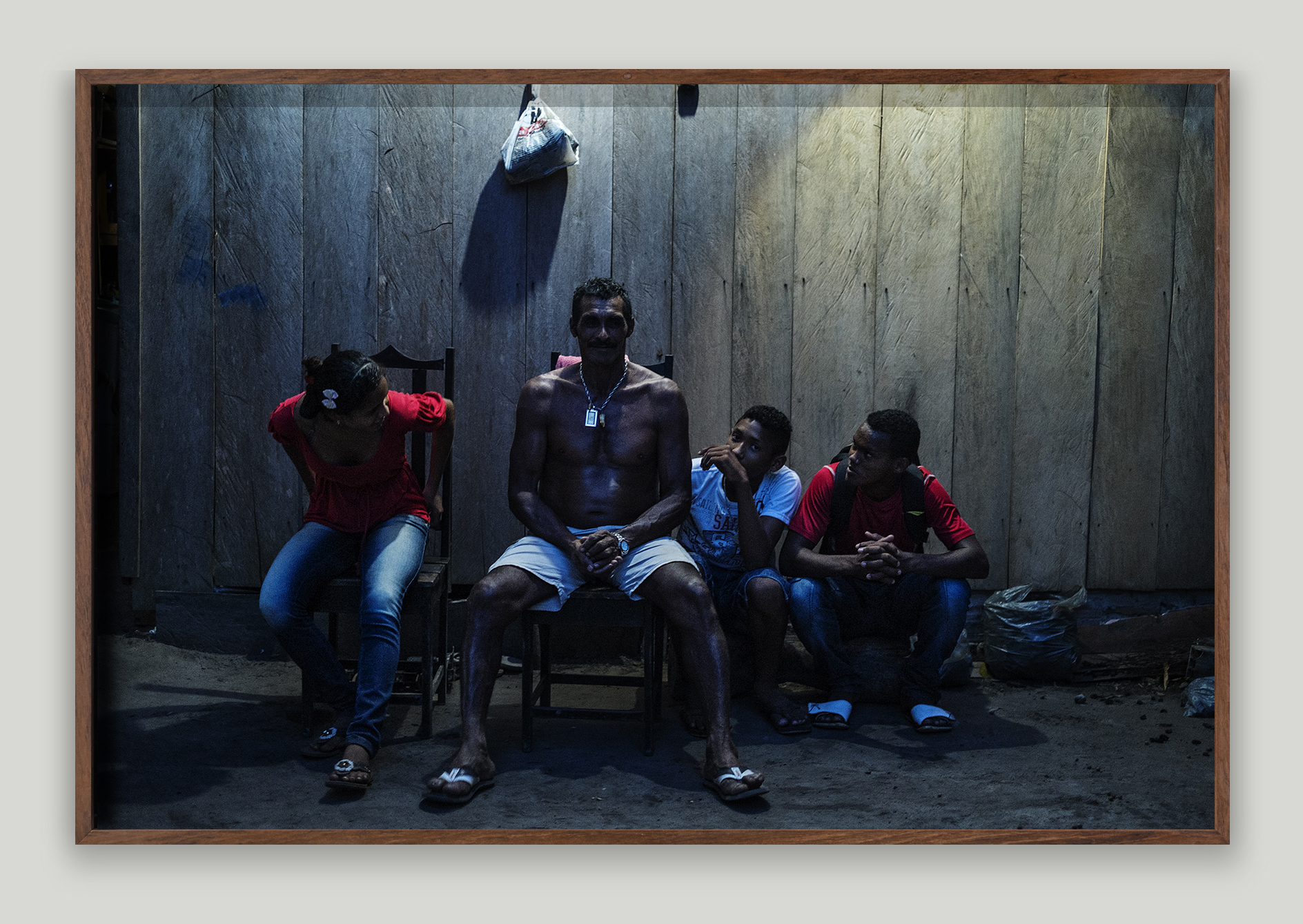
Since 2008, I have made intense incursions to the island of Marajó and there deepened this relationship of complicity and affection. In January 2012, I was in a quilombola community called Pau Furado, where I took this photo. What attracted me to this image is the respect that children have for their father. It is important to emphasize that this respect has nothing to do with patriarchy, as women play a leading role in these communities. The slightly veiled light is also a peculiarity that I liked: A low light, different from the splendid ones that are in many of my works.
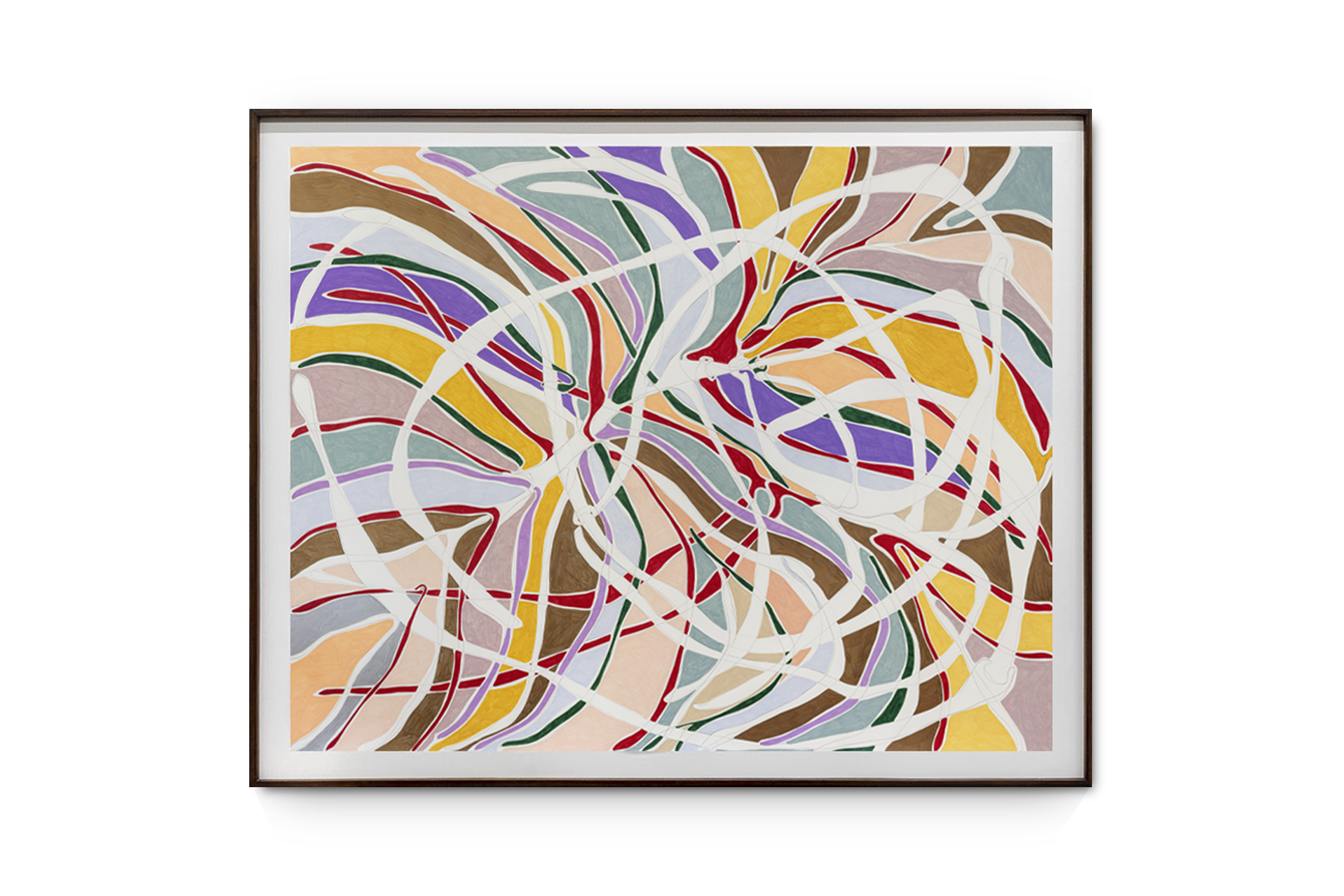
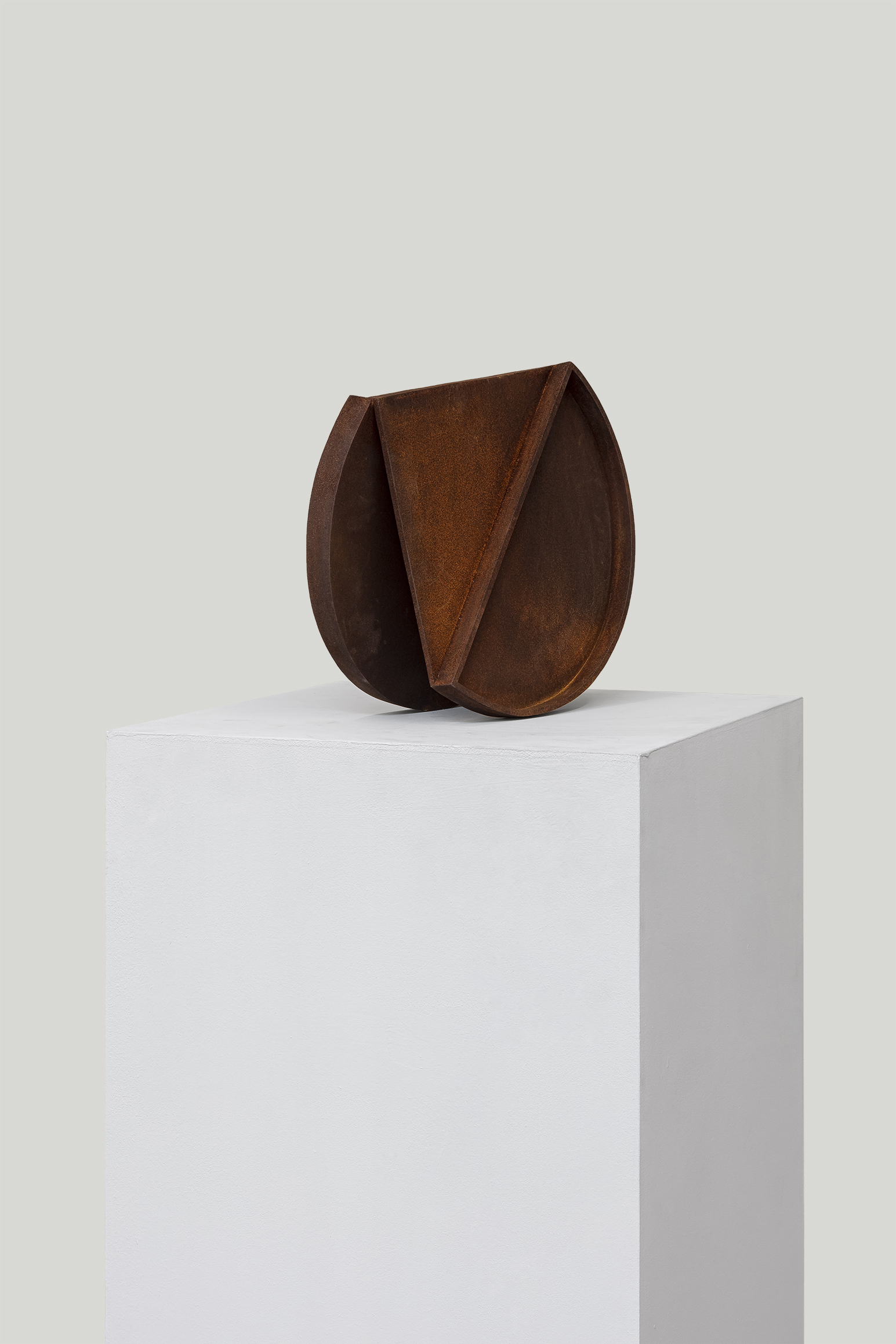
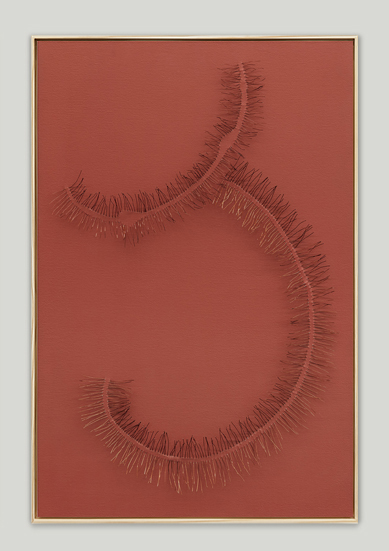
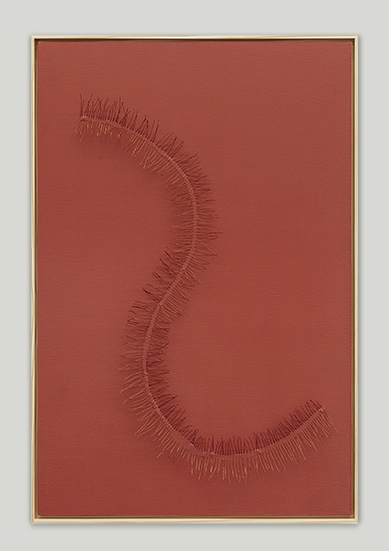
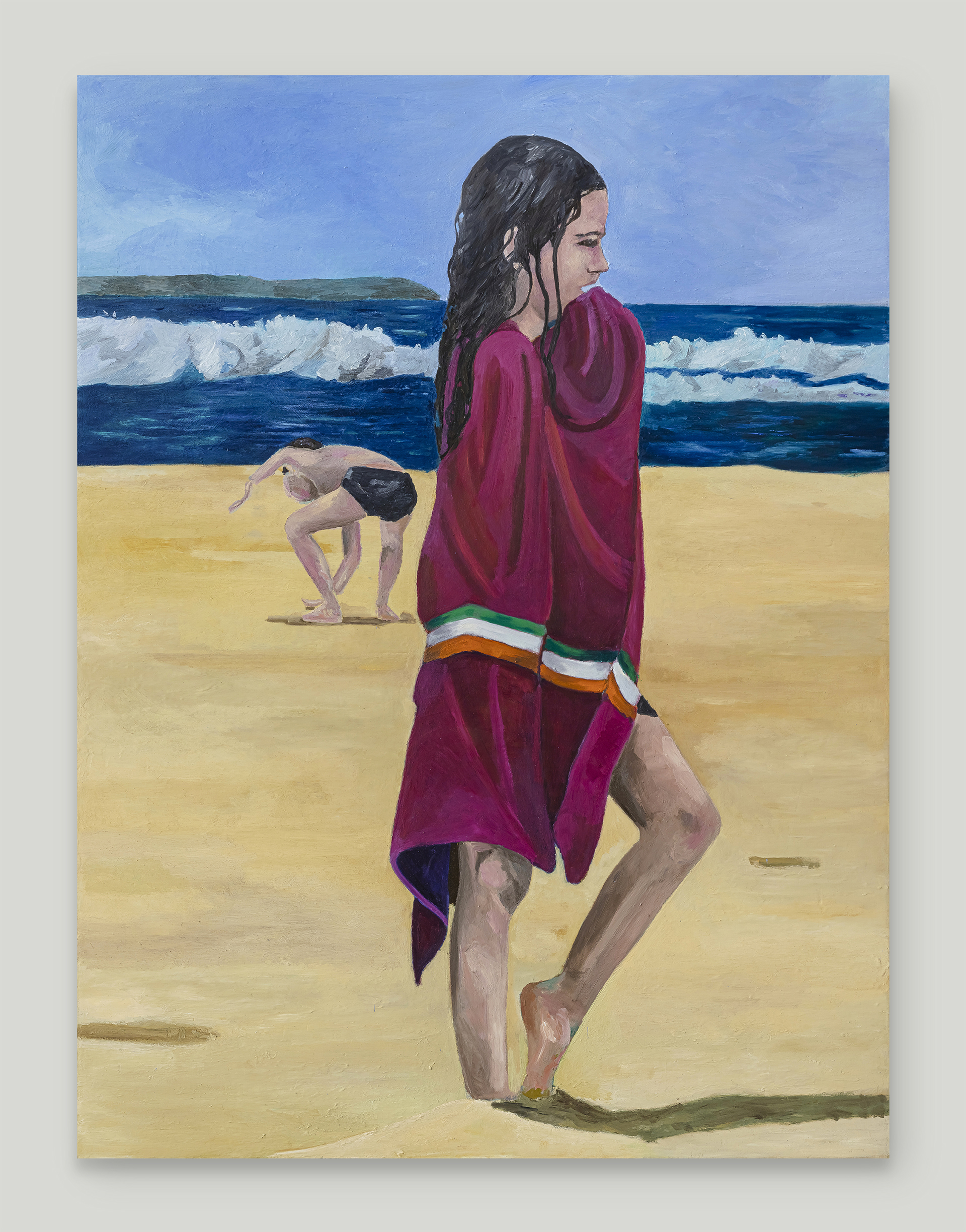
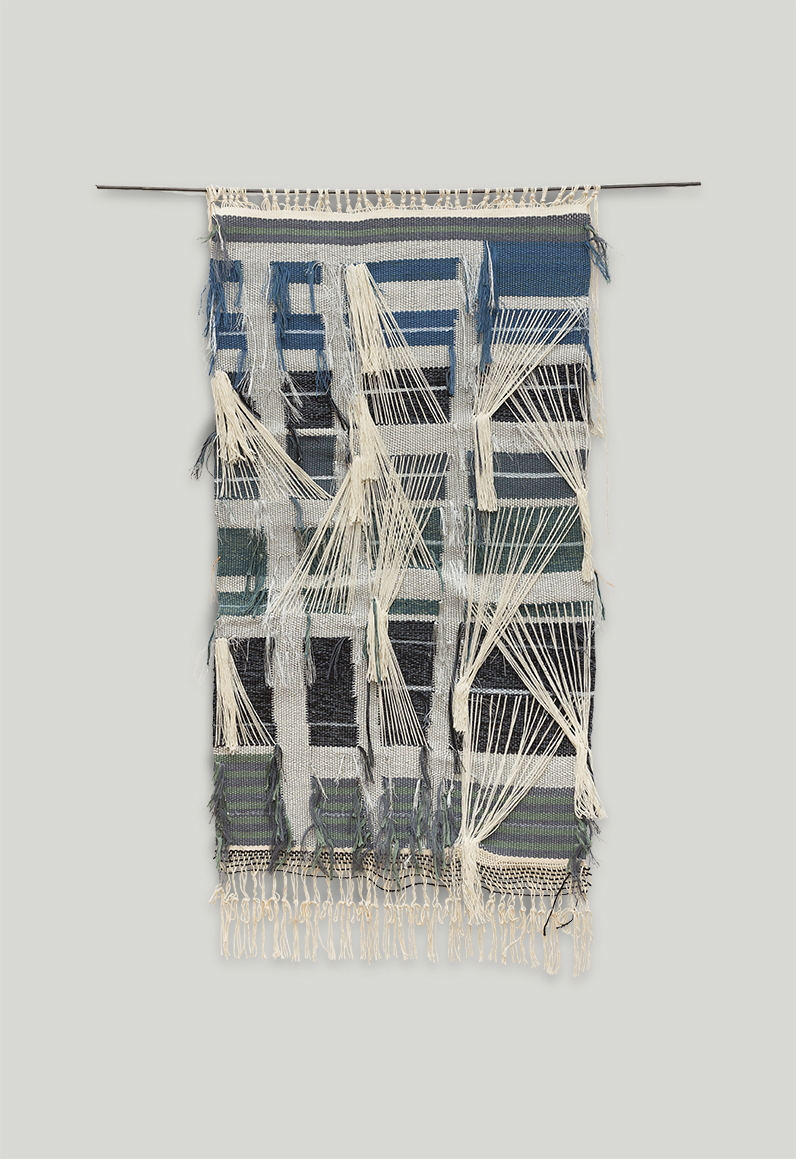
In the last four years, as a natural development of my research on visual arts, I started to invest precisely in the investigation of the initial phase of my main object of study, that is, in the making of fabrics. Living in Buenos Aires (Argentina) since 2016, I felt the need not only to rescue the ancestral practices of textile production, inevitably associated with the affectivity of memory and the cultural traditions they carry, but also to combine them with a knowledge close to my current reality. It was then that I decided to study the most basic aspect of the Andean calchaquí weaving method, also traditionally performed in Northwest Argentina.
It is a methodology rhythmed by time, which uses cotton threads to build structures, that I later began to use as a support for the paint. Painting at that moment then appeared as a way of rescuing a practice that I had forgotten for more than twenty years, as well as a way of experimenting with drawing and dyeing yarn, which allowed me to understand how the porosity of the matter receives each color. From this investigation came the series Elas [Her], a very personal set of abstract portraits – gifts, tributes – of women who, in some way, influenced my life and artistic practice.

As the Mexican art historian Ilona Katzew describes, from the 1760s onwards, the rise of taxonomic theories and botanical studies in the 18th century also carried over to caste painting. Beyond racial typologies, social and professional positions, the foods, flora and fauna of the Americas are sistematically included as examples of their abundance. It’s the case of 16 paintings made around 1770 by Puebla painter José Joaquín Magón. Gamarra Heshiki reproduces the series highilighting the flowers, fruits and arms of the women represented. The phrase Querían brazos y llegamos personas [They wanted arms and we delivered people], chich gives the series its title, was pronounced on several occasions by the women from the Territorio Doméstico [Domestic Territory], a union of housekeepers from Spain. This motto works as an echo in the present that dennounces the dehumanizing nature of servitude practices, in effect in the relationships with racialized women that work as housekeeper.
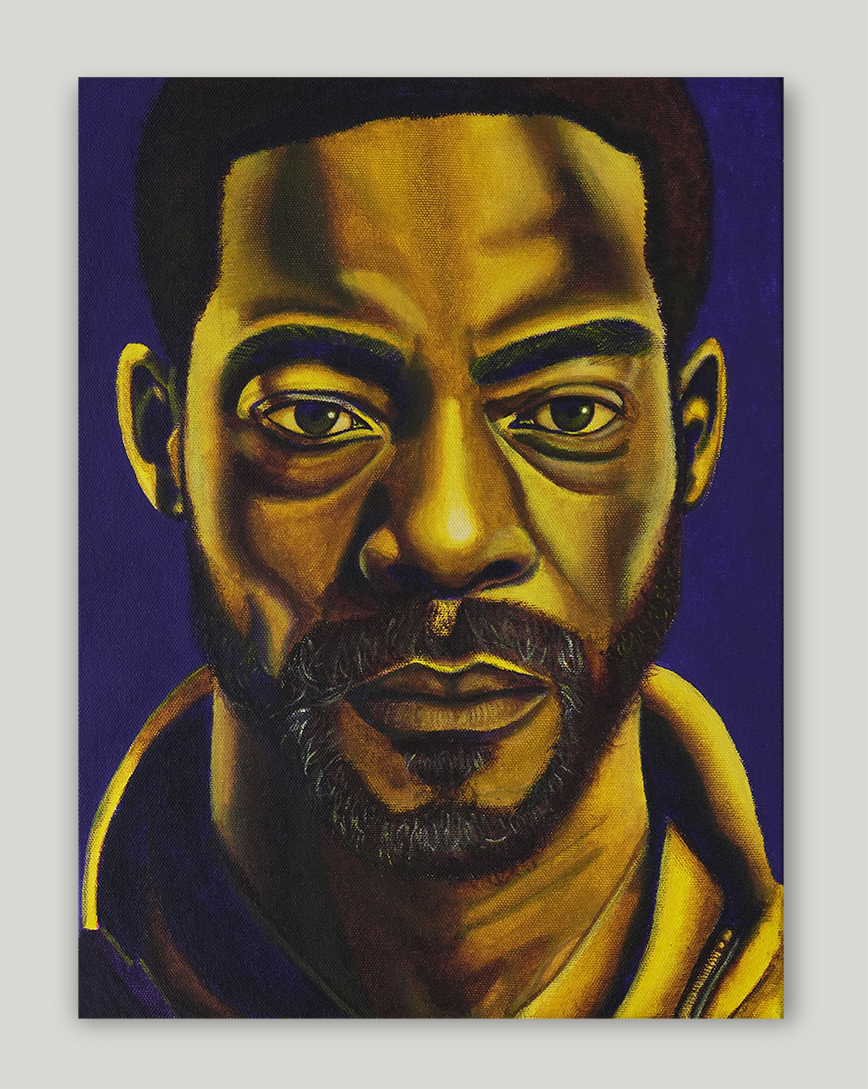
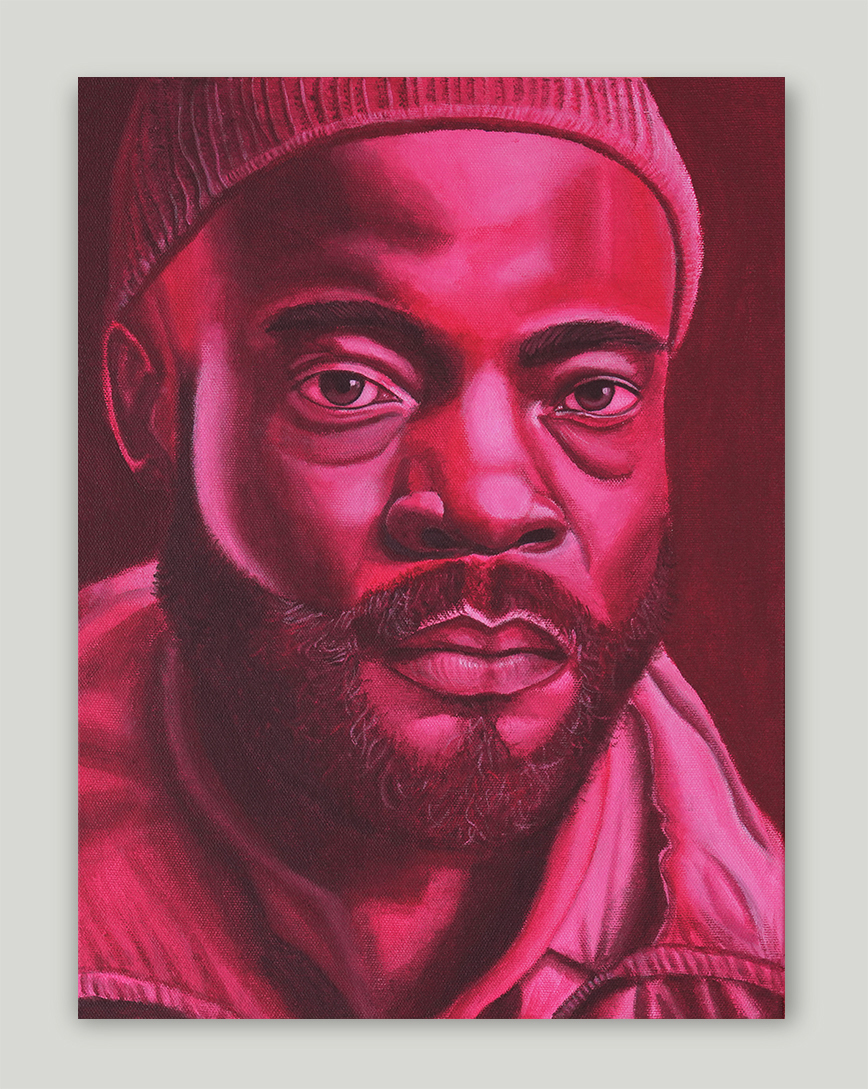
The works presented by artist Tiago Sant’Ana are a continuation of his painting research, mainly investigating the portrait; a genre widely explored in Art History. Sant’Ana, however, brings intersections between masculinity and blackness to the core of his compositions; subjectivities that were, for a long time, represented in a stereotyped way. For the works in SP-Arte, the artist shows two portraits that have in common the strategy of using only two distinct pigment colors as the basis for their creation – This fact is made explicit by the choice of titles for the works. Thus, the artist draws attention not only to the story and concept behind his paintings, but also accentuates his technical experimentation.
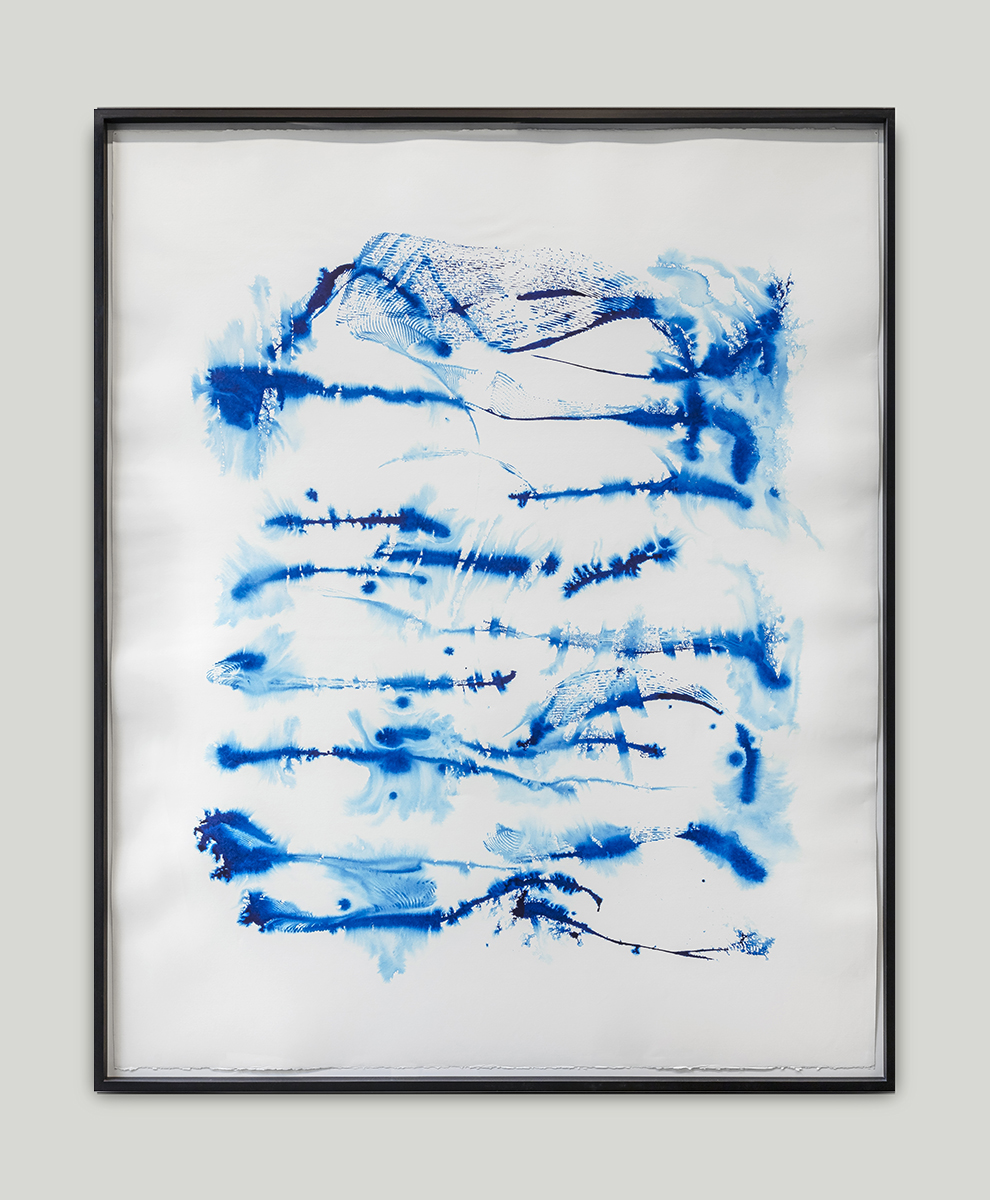

BC Drawings is a series of works on paper, made by water, ink, acrylic, and by using a ball chain as a drawing tool. The technique enables gravity and kinetic inertia of metal chain to be used for lines, marks and shapes of extremely dynamic nature. Each drawing is the result of attentive listening to the materiality and fate, allowing external forces to guide the process. Triggered by the war in Ukraine, they are impulse drawings of an emotional state of a single day, like an electric discharge, which leaves a trace, a record, a mark. The nuances of watery paint resemble sumiês, insinuating forests and natural elements covered by mist. We enter this mysterious and unknown environment cautiously: some forms evolve seemingly from nowhere, while others are fading, breaking and shattering on sight, the deeper we go. Some drawings allow us to encounter spaces of silence. Others look like explosions or a wild fire. Idiosyncratic by nature, they seem to overlap and extend each other as you walk by, like stills of the same film.